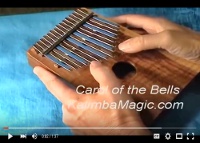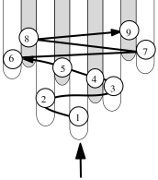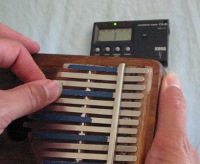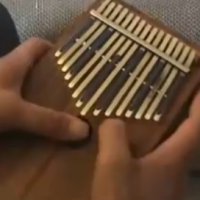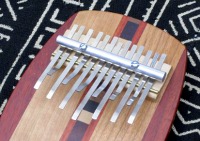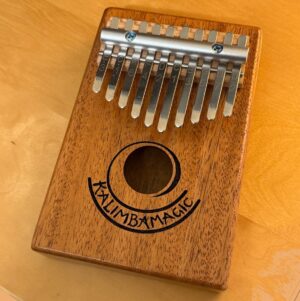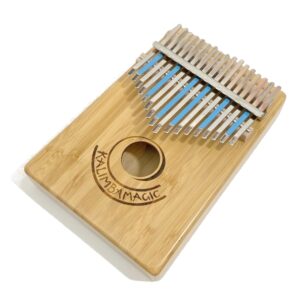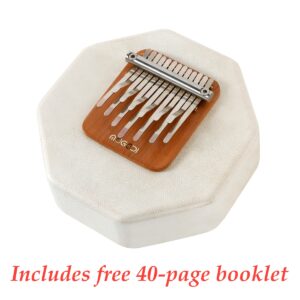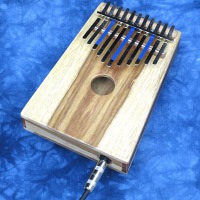
Exploring Pentatonic Tunings
Pentatonic tunings are culturally and musically important. We present new kalimba video of three different tunings for the pentatonic kalimba The coupon code PENTA30 gets you 30% off the box pentatonic Aboriginal peoples all across the globe have used pentatonic scales in their music. One of Hugh Tracey’s fundamental findings was that about 40% of all the kalimbas he documented in his expeditions across Africa were tuned to pentatonic scales. Find out what makes the pentatonic scales so essential! A pentatonic scale is any scale that has five unique notes per octave. (Most other scales have seven unique notes per octave.) On average, the notes in the pentatonic scale are


